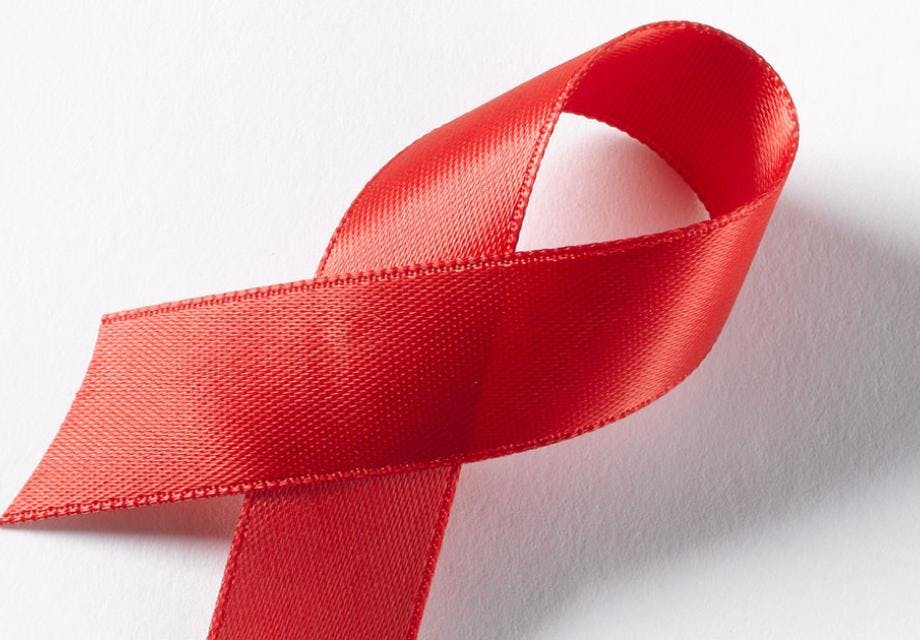Fat gain associated with viral load, not treatment
Avert staff writers
11 March 2015
HIV infection, or inflammatory changes associated with HIV infection, are responsible for fat gain in people living with HIV (PLHIV) and on treatment, and not the antiretroviral treatment (ART) itself
HIV infection, or inflammatory changes associated with HIV infection, are responsible for fat gain in people living with HIV (PLHIV) and on treatment, and not the antiretroviral treatment (ART) itself. This is according to new research presented at the Conference on Retroviruses and Opportunistic Infections (CROI) last week.
The relationship between the use of certain types of ART and subcutaneous fat loss (lipoatrophy) is well-established. However, the cause of distinctive fat gain, especially in the trunk and around the abdominal area in some people on ART was unknown. Historically, fat gain was always associated with the use of ART, given that untreated HIV infection usually results in weight loss, and the initiation of ART is associated with weight gain. This link was based on the assumption that the use of protease inhibitor (PI) treatment regimens cause people to gain weight. Switching from PI regimes to non-nucleoside reverse transcriptase inhibitors (NNRTIs) regimes, or to integrase inhibitor regimes, did not reverse the expected fat gains.
The new study looks at other factors, besides treatment, that are likely to contribute to fat gain in people on ART. The study compares fat accumulation of 1,809 ART-naïve patients, using either a PI drug or an integrase inhibitor treatment regime. Participants were scanned to measure limb, trunk and central abdominal fat and muscle distribution at base line, and again nearly two years later. Measures such as viral load, hormonal levels, cytokines (cell messenger chemicals) levels, and markers of inflammation were also taken in order to establish any relationship.
When comparing the relationship between the different body markers and fat gain, the strongest relationship was found between viral load and body fat. The researchers found that in people with a baseline viral load of above 100,000 copies/ml, they had between 25 to 35 percent increase in both their subcutaneous and visceral fat, regardless of what drugs regimes they are on. In patients with a baseline viral load below 100,000 copies/ml, the fat gains were below 10 percent. Limb fat increased by 1.5 kilos, and the average increase in the participants body mass index (BMI) was between 3.0 – 3.5.
The fat gains observed in the study population were not essentially associated with health improvements, due to the control of HIV. Although the population in general is getting fatter, it is not happening at the high rates witnessed within the study population. As fat gain is associated with a number of serious heart and vessel conditions, this could be a field of attention in caring for people living with HIV going forward.
Get our news and blogs by email
Keep up-to-date with all our latest news stories and blogs by signing up to the Be in the KNOW news digest.
